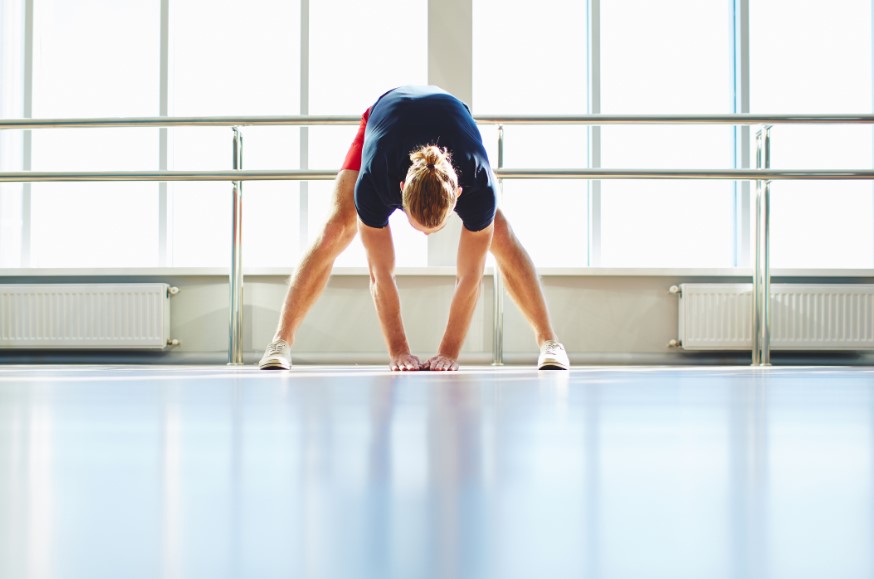[vc_row][vc_column width="1/1"][vc_column_text]By: Active Sports Therapy
Very often, our patients receive a treatment and then they get sent home with a number of exercises and stretches that are going to help with the recovery or maintenance of their issue. Like it or not, getting stronger and more flexible is going to take hard work, and time. The other important factor here is consistency. Therefore, the homework part of your treatment is as important as what happens at the clinic.
With assigned exercises and stretches, it might be difficult to see the results straight away. Research tells us that in order to see a change it can take 2-3 weeks of doing the targeted exercises and stretches consistently (3-5 days a week) to notice a change in your muscles and movement. Without this repetition, the change simply cannot occur.
To help to be successful, we’ve compiled a few tips:
- Identify your motivation – Is it to decrease pain or to be able to continue with an activity that you love? Both of those should be sufficient reasons to ‘Just Do It,’ as they say at Nike.
- Schedule It - Most groupings of assigned exercises should take no more than 15-30 minutes to complete. Some might be lucky enough to have even less to do! Schedule it in your calendar and use the technology that we have at hand. A Google Calendar alert, a phone reminder, Siri or Google Assistant can let you know, and there are even some great ‘habit tracking’ apps out there. Simply type in ‘Habit Tracking’ at the app store to find something you like.
- Track your pain and flexibility level. Keep a diary of your pain and flexibility. The pain scale is a simple 1-10 rating on what your pain level is. Track your flexibility simply by noting where you’re at and noting specific tasks that feel easier than they did before. The positive changes will no doubt lead to increased motivation to stick to it.
- Prioritize - Ask your therapist or doctor to let you know which exercises are the most important. On those days when you simply can’t fit them all in, you can challenge yourself to at least complete the most important ones.
- Make Associations – Building associations can help you to do your exercises throughout the day, sometimes automatically!
- Calf raises or stretches every time you brush your teeth.
- Stretches during commercials or before the next Netflix episode starts.
- Quad stretch every time you’re waiting for a microwave.
- Posture practice during conference calls.
- Pectoralis stretch in the shower.
- Wrist extension or flexion stretch at a stoplight.
Lastly, be patient with yourself as the truth is it takes a lot of repetition and hard work to start a new habit. Some studies suggest upwards of 60 days for a new behaviour to become automatic. But if you prioritize yourself and your health, we know you can do it![/vc_column_text][/vc_column][/vc_row]


